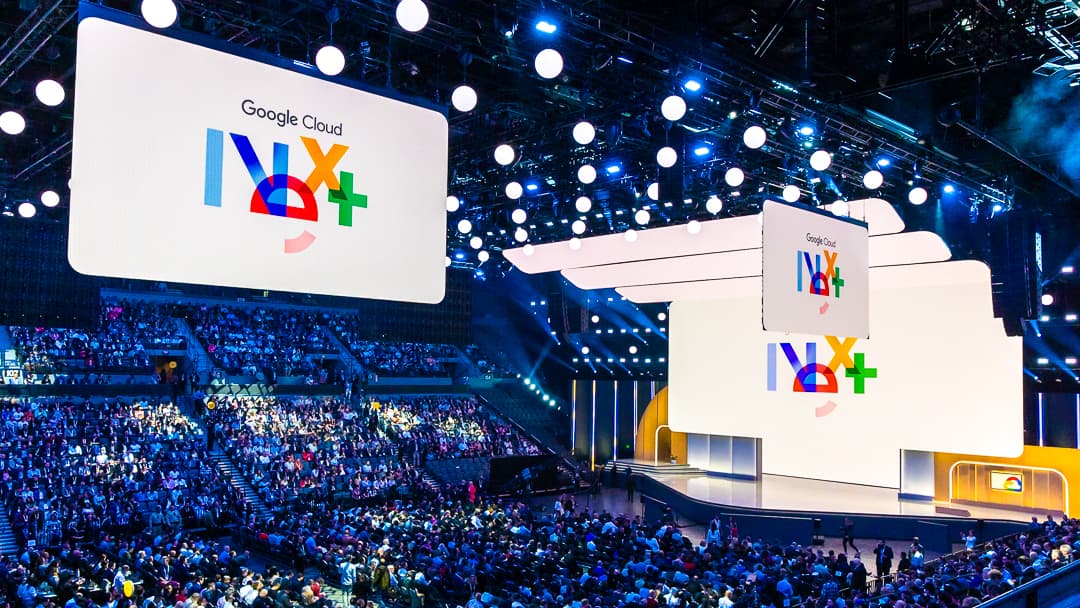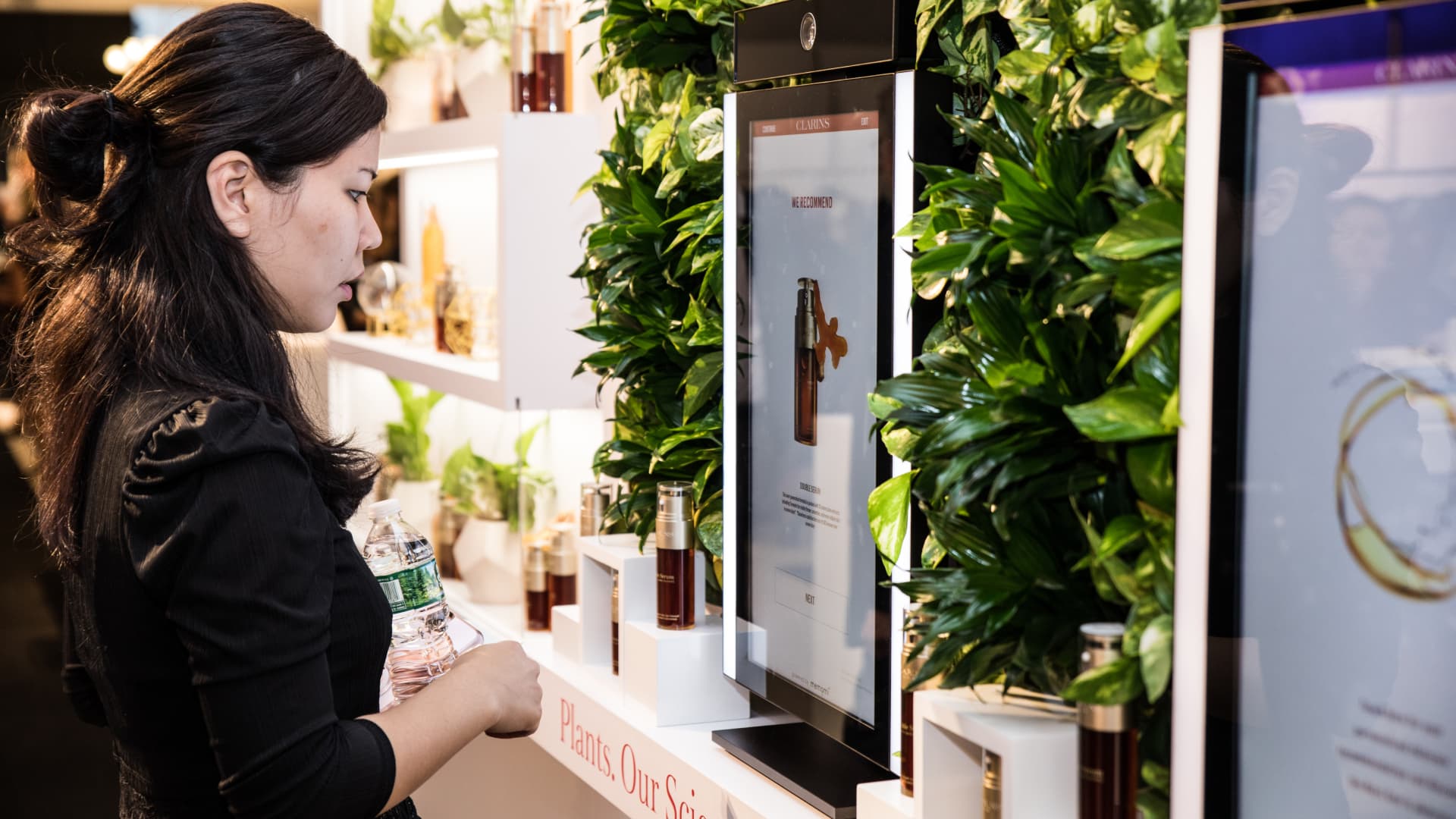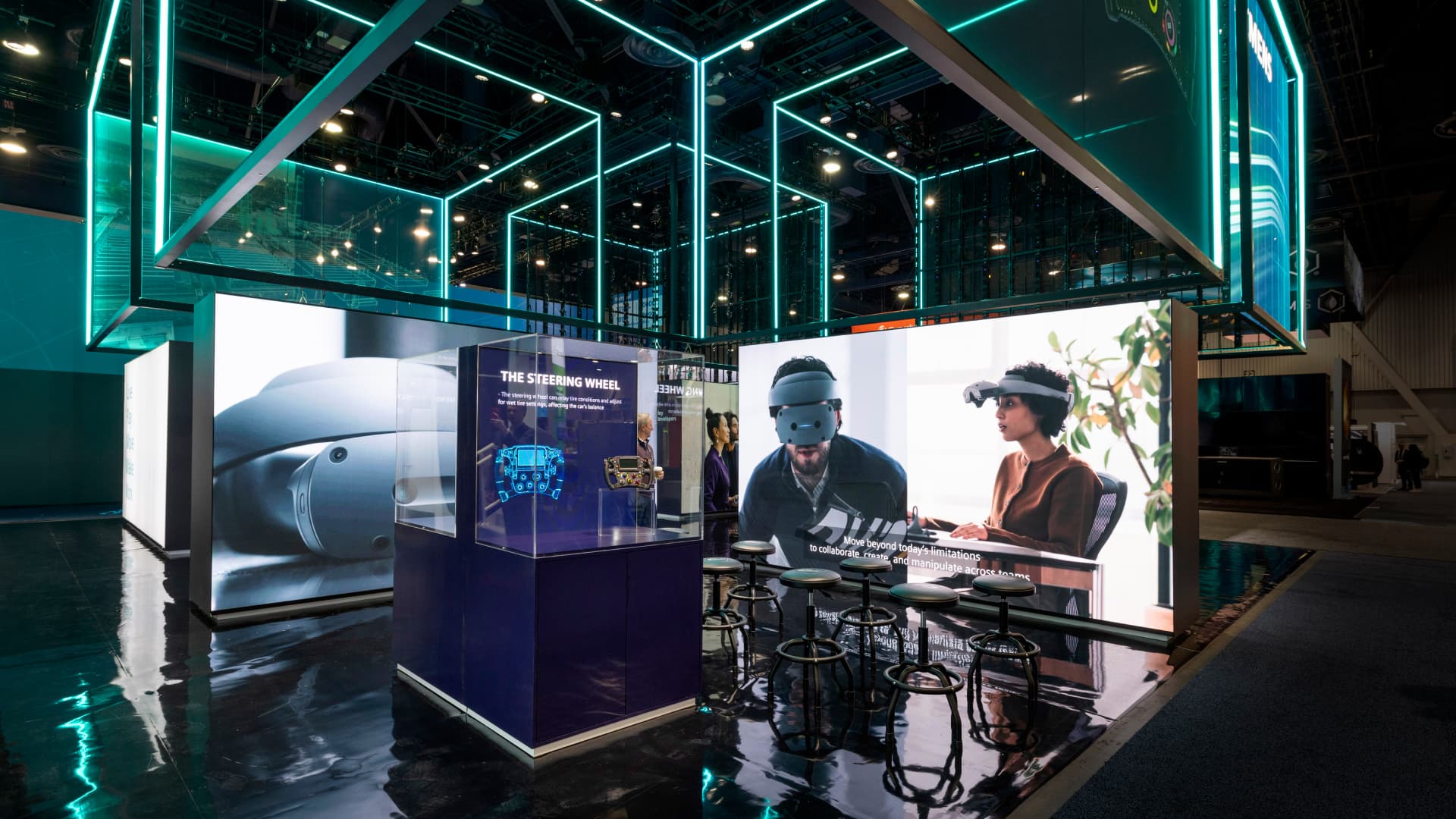High-Touch Events: Strategies and Tips to Create Engaging Experiences


Today, opportunities for digital presence blend seamlessly into large-scale experiential marketing events like never before. The option to host events with virtual components has greatly improved the strategy of experiential marketing.
High-touch event strategy prioritizes fostering customer engagement to better connect brands with their customer base. Read on to learn more about the benefits of high-touch elements and tips for pre and post-event planning.
High-Touch vs. Low-Touch Events
In high-touch strategy, brands focus on generating interactive, hands-on experiences. Experiences can range from workshops, to online activities or networking events that pique customer interest. Because of this level of engagement, high-touch events tend to lead to more sales and one-on-one meetings with customers.
On the other hand, low-touch events generally offer occasional engagement opportunities and less so prioritize the customer experience. Lead-generating events such as trade shows, conferences and even webinars are examples of low-touch events due to the pure volume.
Benefits of High-Touch Events
When organizing a high-touch event, it’s important to understand the expected benefits, including:
- More engagement opportunities: When staff can engage with a customer directly, there are more chances to create relationships that translate into sales. People want to talk to other people, not brands, so personable interactions might allow participants to consider your business more seriously. You can also use these interactions to generate buzz about new products or services.
- Higher quality audience members: The crowd at high-touch events is generally made up of executives, directors and line-of-business decision makers representing their company. This is your chance to impress the people who make the decisions.
While there is some value in low-touch, high-touch events are most effective to build lasting relationships between you and your audience. This strategy gives you a chance to create meaningful experiences with potential clients, which humanizes your brand and all it has to offer. High quality leads to high quantity.

How Have High-Touch Corporate Events Changed?
In recent years, technology has completely changed the way the world does business. If given the opportunity, clients can log onto their laptops and attend events from home. And although the need for completely virtual events has been greatly reduced since the pandemic, incorporating partial virtual attendance options into your events can have some benefits.
Of course, creating networking opportunities becomes more challenging in this format. However, offering virtual attendance options can expand your event’s reach while increasing accessibility. Google Cloud Next 24 is a strong example of virtual integration strategy success. This high-touch gathering reached up to 30,000 customers, prospects, key industry leaders, partners, analysts and press at the live event. Millions more were reached via livestream – not to mention the masses they’ve extended the experience to via session recordings on their website. Now, people unable to attend the event in real time can access the sessions, and those who were there can rewatch content as they please.

Corporate Event Management.
Here are some tips for planning your high-touch event.
Pre-Event
The key to hosting an amazing event is planning. Pre-event planning, in particular, is essential to success. During this stage, focus primarily on attendee engagement and experience. Analyze your customer base and decide what makes a memorable experience for your audience. Roundtables? Engaging keynotes? Hands-on workshops? Once you define what makes an impactful experience for your customers, design an itinerary. Then, develop maps to make event navigation as smooth as possible for attendees.
You also must develop a presenter strategy. Are you going to have speakers? Will there be a live or virtual panel? Select speakers that will draw customers into the event and sustain their interest throughout.
Post-Event
The work isn’t quite over once your event has concluded. Now, it’s time to take a look at the digital data. Use information like panel attendance, survey feedback, social media activity, workshop registration numbers and more to identify areas where your attendees really engaged or really didn’t. Then, use this feedback to craft an even more engaging experience next time.
In high-touch event strategy, it’s important to identify your customer base and plan carefully. Planning these events requires creativity and thought, but yields highly successful results. Use this strategy to forge customer relationships to benefit your brand in the long term.


